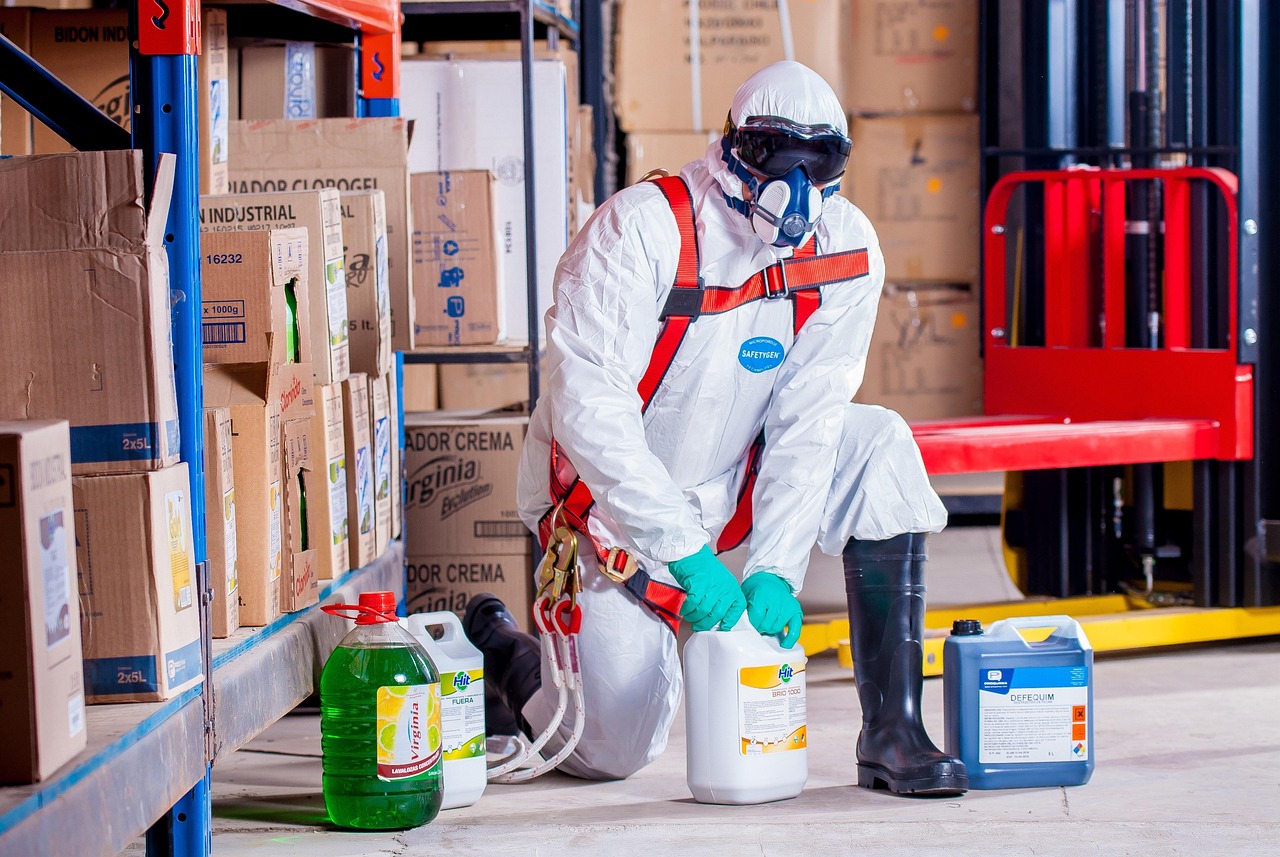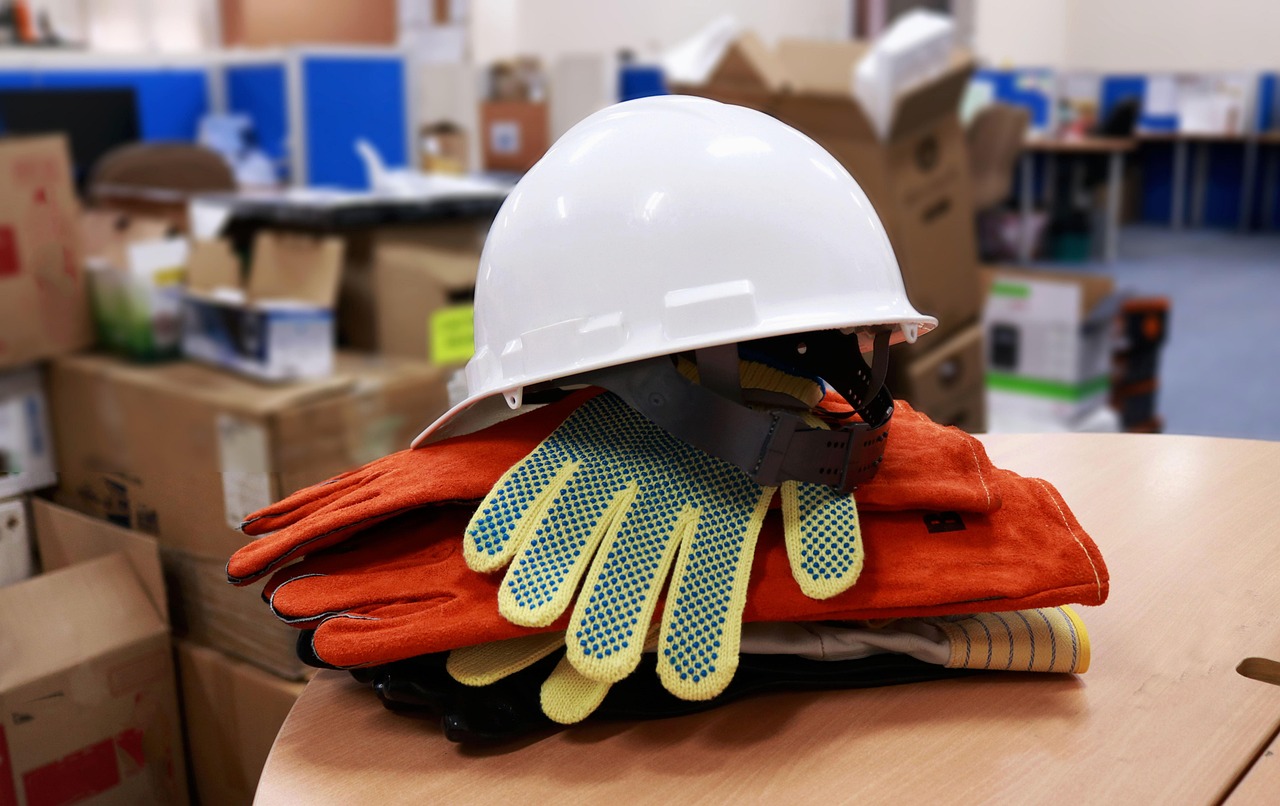The export of Chinese labor protection equipment to North America (primarily the United States and Canada) has gradually become a significant trade sector. However, as market competition intensifies and regulatory requirements grow increasingly stringent, companies must gain a thorough understanding of the current export landscape, key procedures, relevant regulations, and certification requirements, while paying close attention to details to ensure smooth exports. A detailed analysis follows:
I. Current Situation
1. Market demand
- Demand for labor protection tools in North America is concentrated in manufacturing, construction, mining, oil, and natural gas industries.
- The United States is one of the largest export markets for our country's labor protection tools, and the Canadian market is also growing steadily.
2. Major Export Products
- Protective gloves (e.g., cut-resistant gloves, chemical-resistant gloves)
- Safety footwear (e.g., impact-resistant shoes, anti-static shoes)
- Protective clothing (e.g., fire-resistant suits, chemical protective suits)
- Respiratory protective equipment (e.g., masks, dust masks)
- Head and eye protection equipment (e.g., safety helmets, goggles)

II. Key Processes
1. Market Research
- Understand the demand for labor protection tools in the North American market, the competitive landscape, and the prevailing price levels.
2. Product Preparation
- Ensure the product complies with the regulatory and certification requirements for North America.
3. 契約を締結する
- Sign contracts with North American clients to specify terms such as product specifications, quantities, prices, and delivery schedules.
4. Customs Declaration and Logistics
- Prepare customs clearance documents (such as commercial invoices, packing lists, bills of lading, etc.) and select a reliable logistics company.
5. Customs Clearance and Delivery
- Ensure the goods clear North American customs smoothly and are delivered to the customer on schedule.

III. Relevant Regulations and Certifications
1. U.S. Regulations and Certifications
- OSHA (Occupational Safety and Health Administration): U.S. labor protection tools must comply with OSHA standards.
- ANSI (American National Standards Institute): Hard hats must comply with ANSI Z89.1 standards, and safety footwear must comply with ANSI Z41 standards.
- NIOSH (National Institute for Occupational Safety and Health): Respiratory protective equipment must be NIOSH-certified.
- FDA (Food and Drug Administration): Protective gloves must comply with FDA standards (applicable to gloves intended for food contact).
2. Canadian Regulations and Certifications
- CSA (Canadian Standards Association): Hard hats must comply with CSA Z94.1, and safety footwear must comply with CSA Z195.
- CCOHS (Canadian Centre for Occupational Health and Safety): Provide safety guidance for labor protection equipment.
3. Other Certifications
- CEマーキング: Although not a mandatory requirement in North America, CE certification helps enhance product competitiveness.
- ISO Certification: such as ISO 9001 (Quality Management System) and ISO 45001 (Occupational Health and Safety Management System).

4. Common Issues and Countermeasures
1. Issue: The product does not comply with North American standards
- Reason: Failure to understand or comply with OSHA, ANSI, CSA, and other standards.
- Countermeasures:
- Research the regulations and standards of your target market in advance.
- Collaborate with certification bodies to ensure the product obtains the required certifications.
- Incorporate standard requirements into the product design and production phases.
2. Issue: Customs clearance delay
- Reason: Incomplete documentation, incorrect HS codes, discrepancies between goods and declarations, etc.
- Countermeasures:
- Ensure that all customs declaration documents are complete and accurate.
- Use the correct HS code to avoid classification errors.
- Partner with a professional customs broker to improve customs clearance efficiency.
3. Issue: Product quality problems
- Reason: Inadequate production quality control led to non-conforming products.
- Countermeasures:
- Strengthen production quality management to ensure products meet standards.
- Provide product test reports and certification documents to enhance customer trust.
4. Issue: Customer complaints or returns
- Reason: Product discrepancies, delivery delays, quality issues, etc.
- Countermeasures:
- Communicate with the customer promptly to understand the cause of the issue.
- Provide solutions such as restocking, refunds, or compensation.
- Establish a comprehensive after-sales service system to enhance customer satisfaction.
5. Issue: Trade Barriers
- Reason: North America may impose technical trade barriers or anti-dumping measures.
- Countermeasures:
- Keep an eye on trade policy changes in North America.
- Seek support through industry associations or government channels.
- Diversified market deployment reduces reliance on any single market.
結論
China’s labor protection equipment exports to North America have broad market prospects, yet companies must gain a thorough understanding of market demand, regulatory requirements, and certification procedures to ensure product quality and compliance. By rigorously controlling production, optimizing packaging and labeling, preparing complete documentation, selecting reliable logistics, and providing high-quality service, companies can establish a firm foothold in the North American market and enhance their competitiveness. At the same time, companies should closely monitor policy changes in North America and promptly adjust their export strategies to meet market challenges.


 カスタマーサービスWeChatをフォローしてください
カスタマーサービスWeChatをフォローしてください